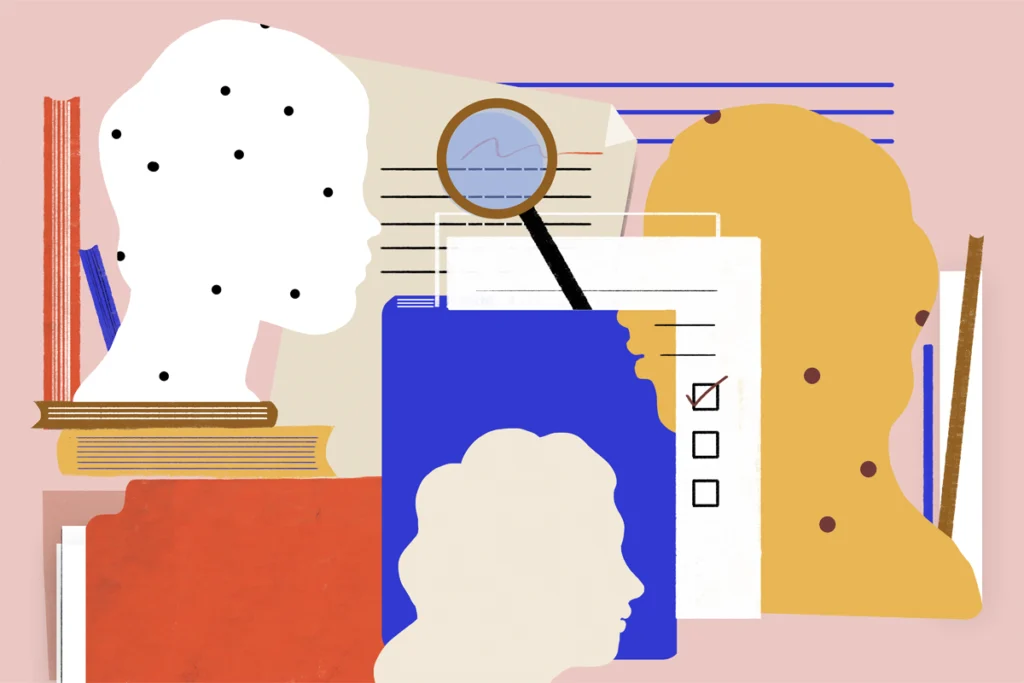Research roundup
- SHANK3 mutation and maternal infection — factors often used to model autism in mice — cause larger changes in repetitive and social behaviors in combination than either does alone. Molecular Autism
- Social-communication differences in autistic people have been interpreted as deficits, which may represent a biased view. Applied Psycholinguistics
- A machine-learning method called ZFDesign can train zinc fingers to replace natural transcription factors. Nature Biotechnology
- Changes in cholinergic neurotransmission play a role in autism-like behaviors in mice missing the autism-linked CUL3 gene. Translational Psychiatry
- Two autism researchers take a deep conceptual dive into the tensions within the neurodiversity movement, its boundaries and whether it is biologically or socially defined. Human Development
- Maternal brain-reactive antibodies are present in 10 to 20 percent of women who have autistic children, and they could inform intervention strategies. Translational Psychiatry
- The 22q11.2 Society has published new clinical guidelines for treating children with 22q11.2 deletion syndrome. Genetics in Medicine
- Mice missing the autism-linked gene CDKL5 exhibit altered connectivity across the corpus callosum, which was reversed by boosting CDKL5 expression in callosal projection neurons. Molecular Psychiatry
- Autistic adolescents and young adults, as well as their families, experience difficulties accessing quality care. Autism
- Rats engineered to overexpress the gene MECP2 display anxiety-like behavior and altered sociability without the movement issues that occur in mice with MECP2 gene duplication. Biochemical and Biophysical Research Communications
 Smart fingers: A deep-learning model creates zinc fingers that can substitute for natural transcription factors.
Smart fingers: A deep-learning model creates zinc fingers that can substitute for natural transcription factors. - Caregivers notice developmental delays by the time children are 3 years old, on average, but diagnostic assessments often don’t occur until children are over 6, according to a registry review of an Australian clinic. BMJ Open
- Less than 20 percent of clinicians in Australia use female-specific assessment tools for autism, according to a survey of pediatricians, psychologists and speech pathologists in Australia. Research in Developmental Disabilities
Science and society
- The Autism Science Foundation has announced a grant program for undergraduate students who wish to pursue summer research projects. Autism Science Foundation
- Oxford University and Cambridge University in the United Kingdom have witnessed a massive decrease in research funding from the European Commission since Brexit. The Guardian
- A group of researchers opines on appropriate guardrails for using ChatGPT (or other artificial intelligence chatbots) to generate ideas and write papers, including human verification and accountability rules. Nature
- “Mildly Different,” a new film about a woman with autism, is now available via the online streaming service Vimeo. Sticky Tape Films
- Lynn Kern Koegel, now editor-in-chief of the Journal of Autism and Developmental Disorders, outlines new policies at the journal, such as using inclusive language, adding topic editors to handle submissions and increasing the word count on abstracts. Journal of Autism and Developmental Disorders
- Magda Mostafa, who developed a design index for autism-friendly spaces, calls for autistic people to share their sensory experiences from cities around the world, which she plans to integrate into her “sensory decolonisation” exhibition at the 2023 Venice Architectural Biennale. Architecture for Autism




